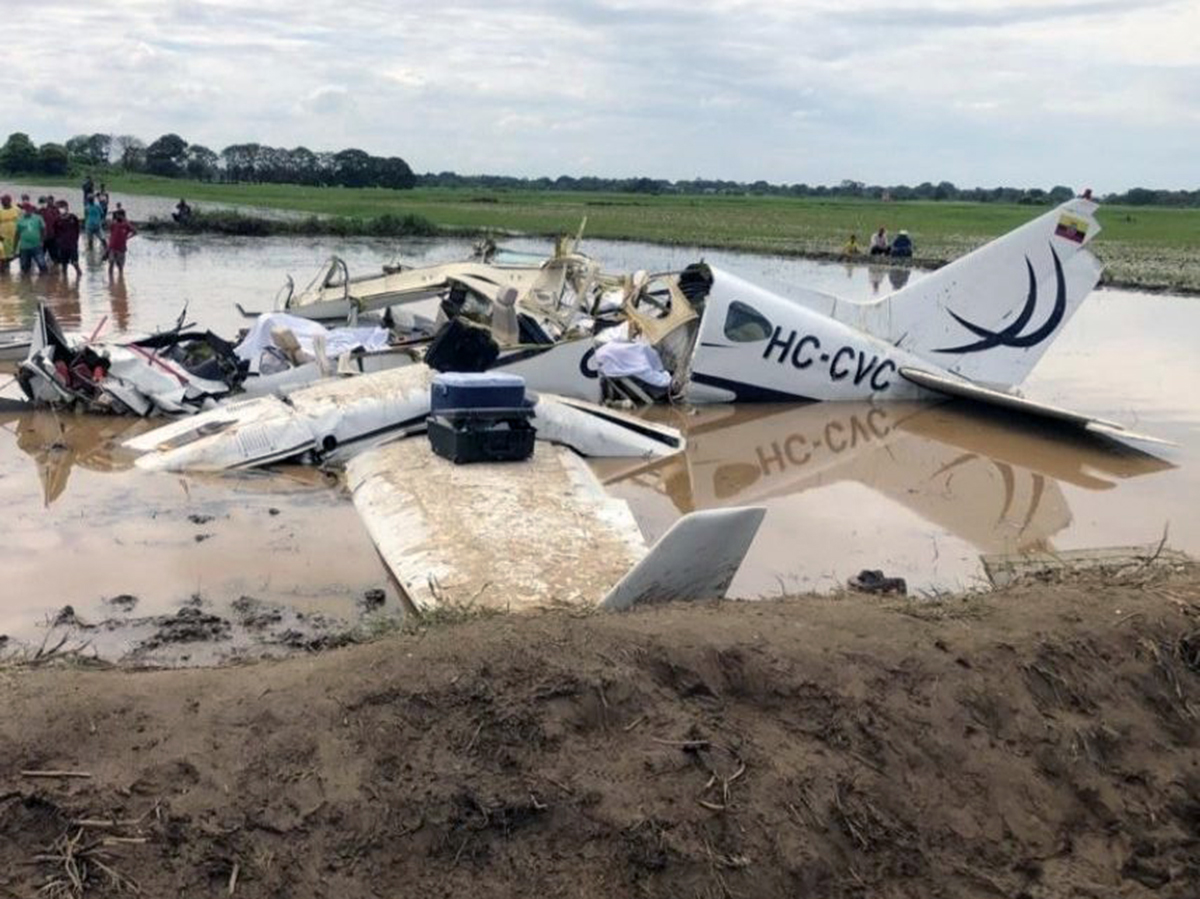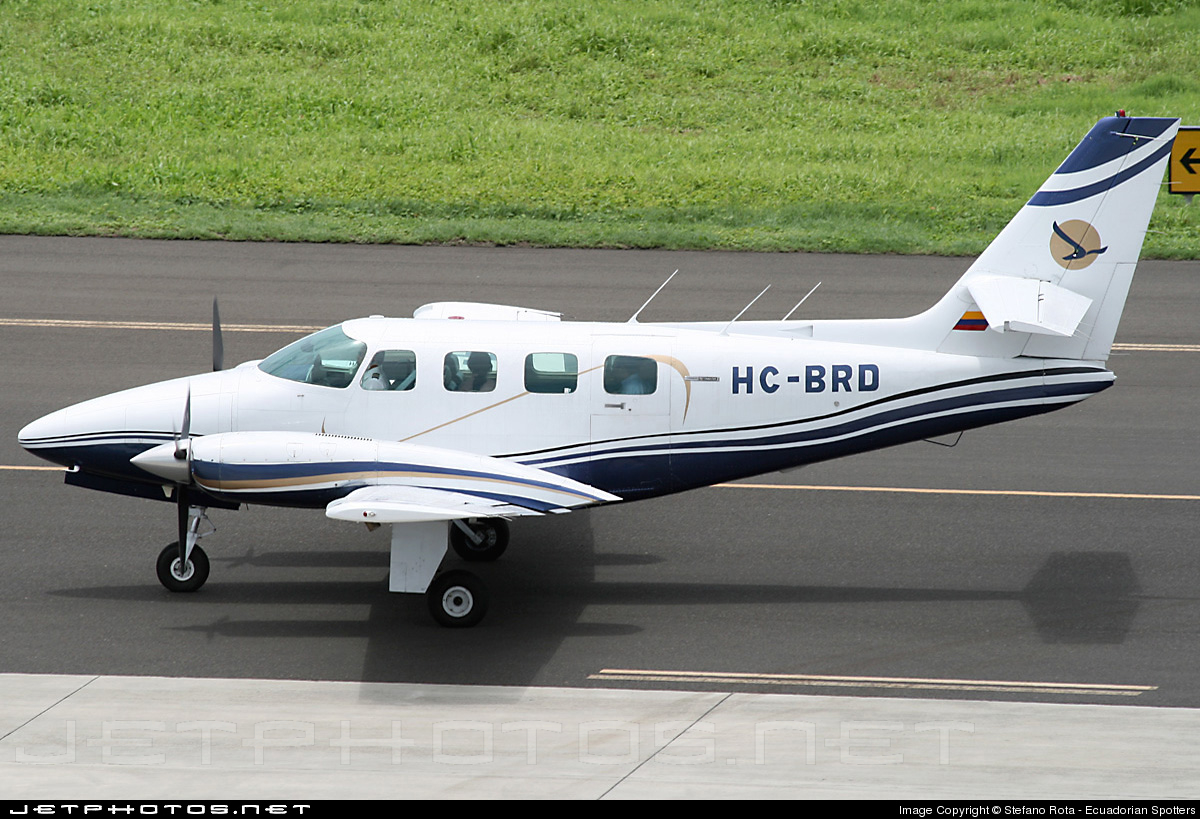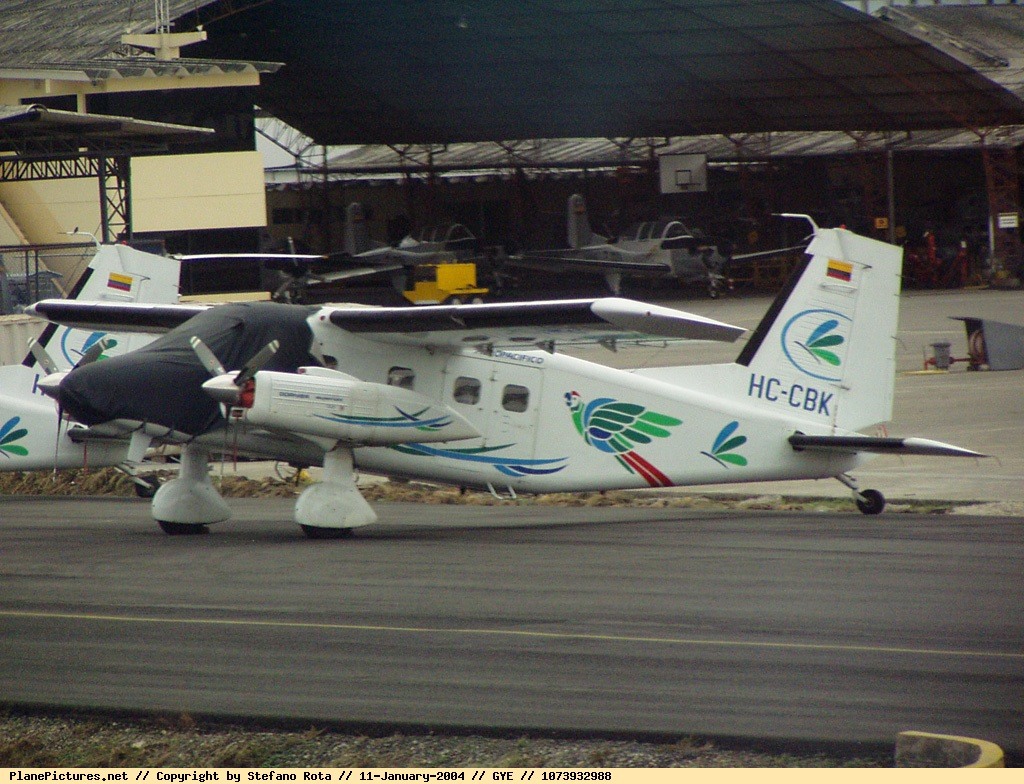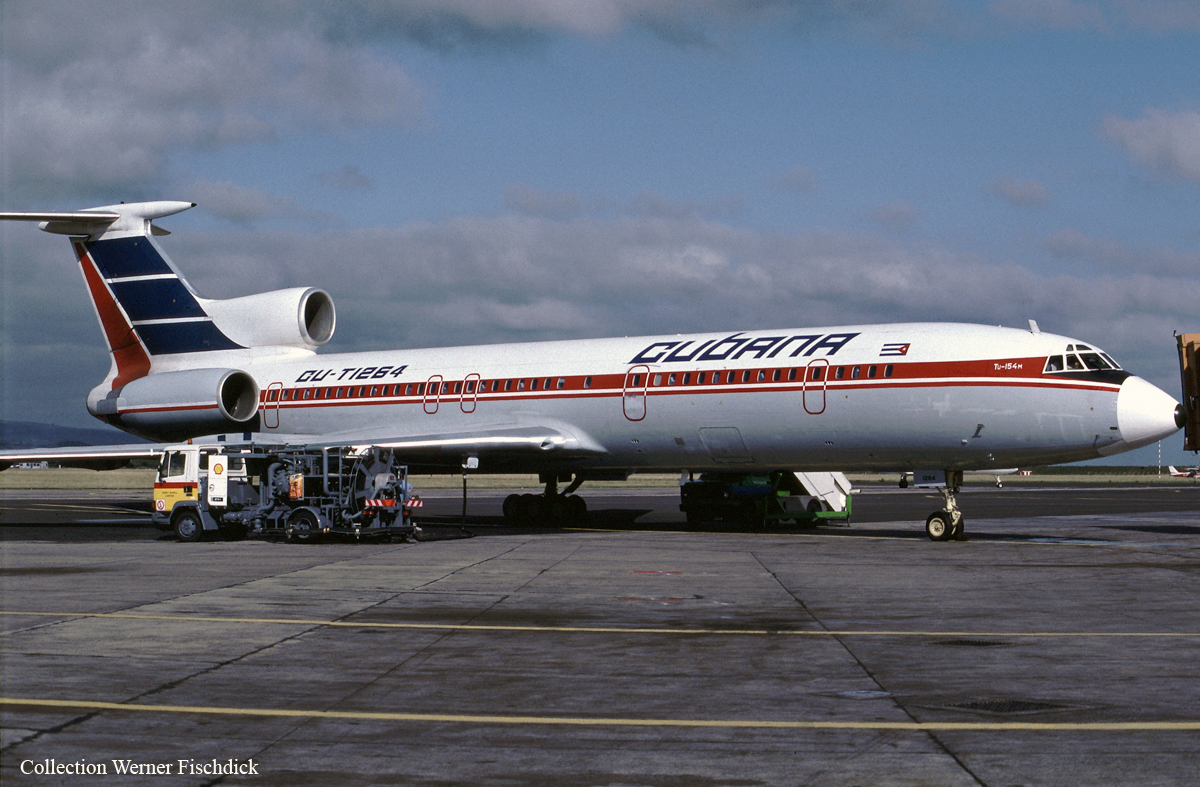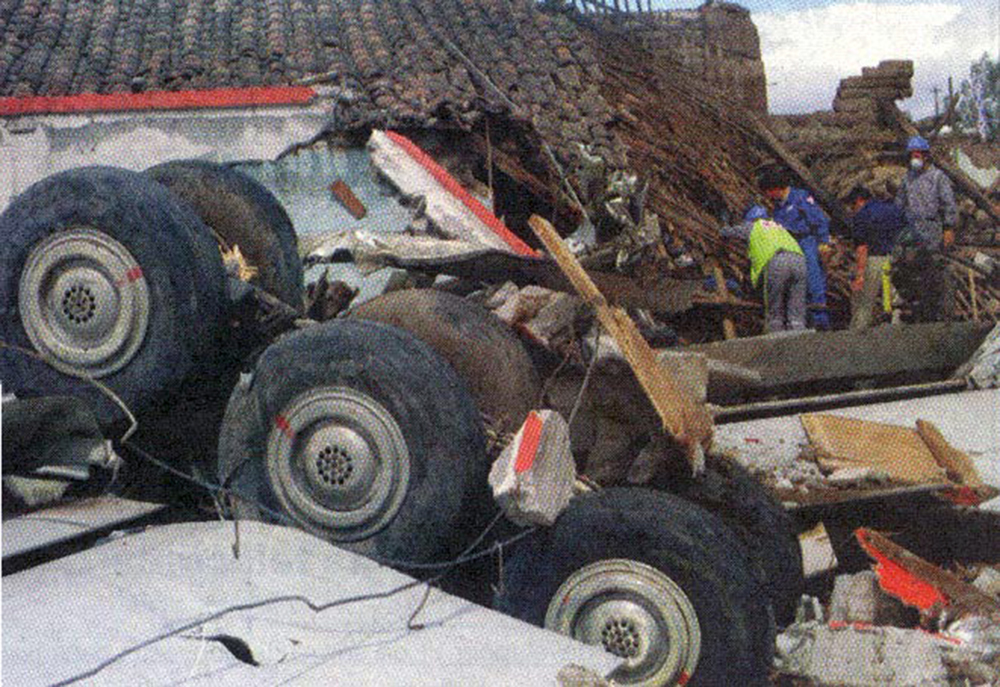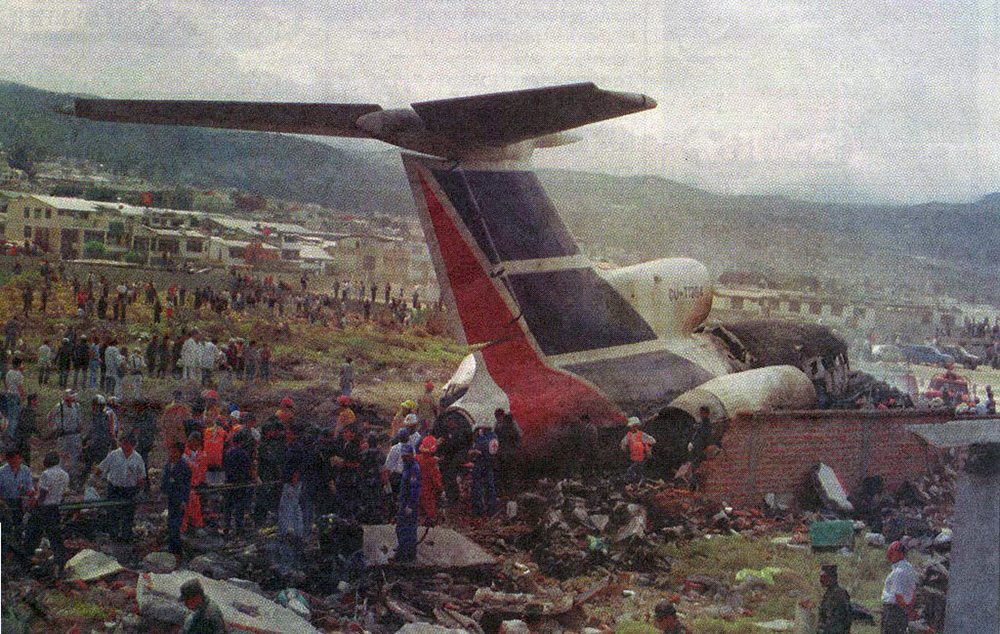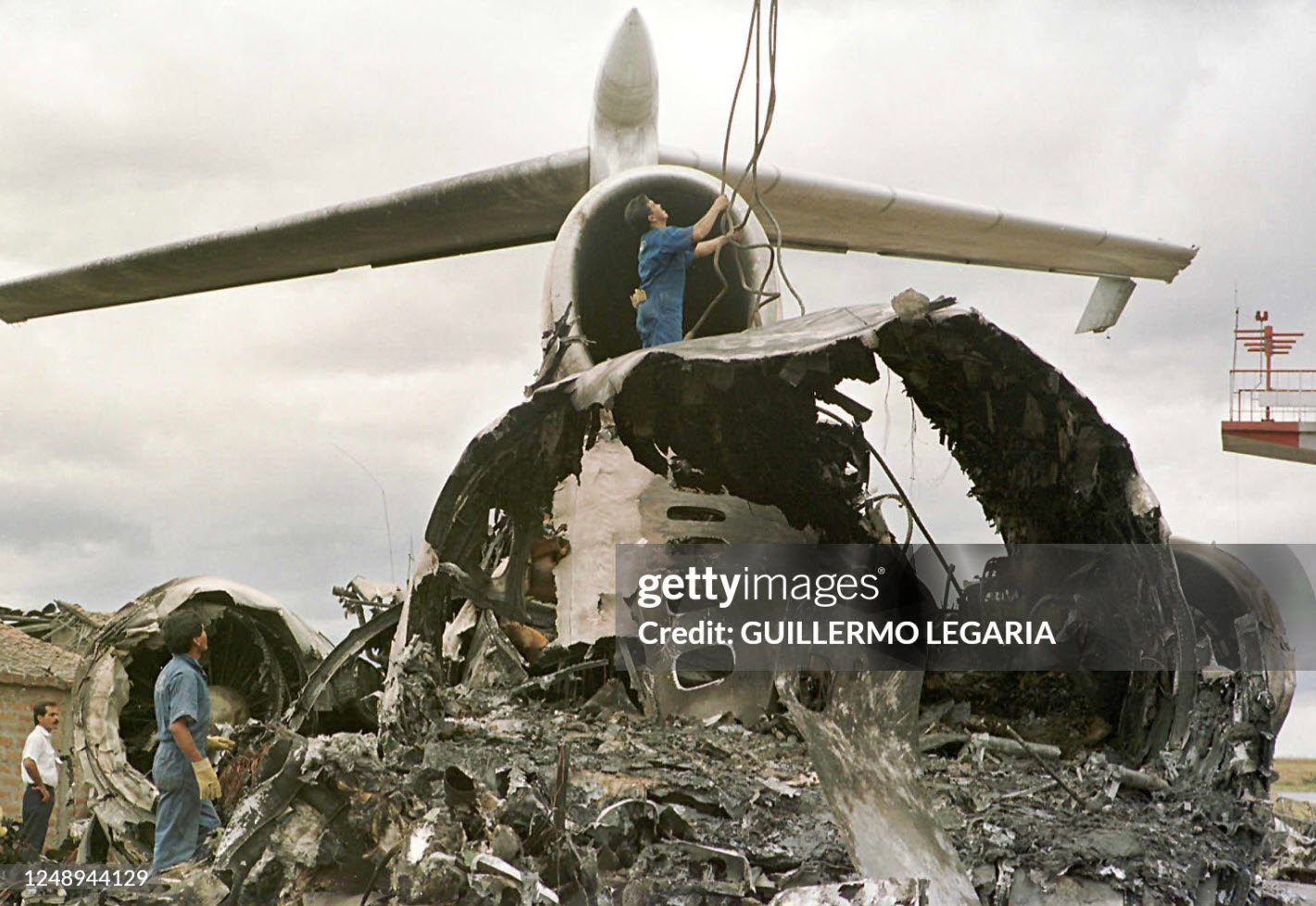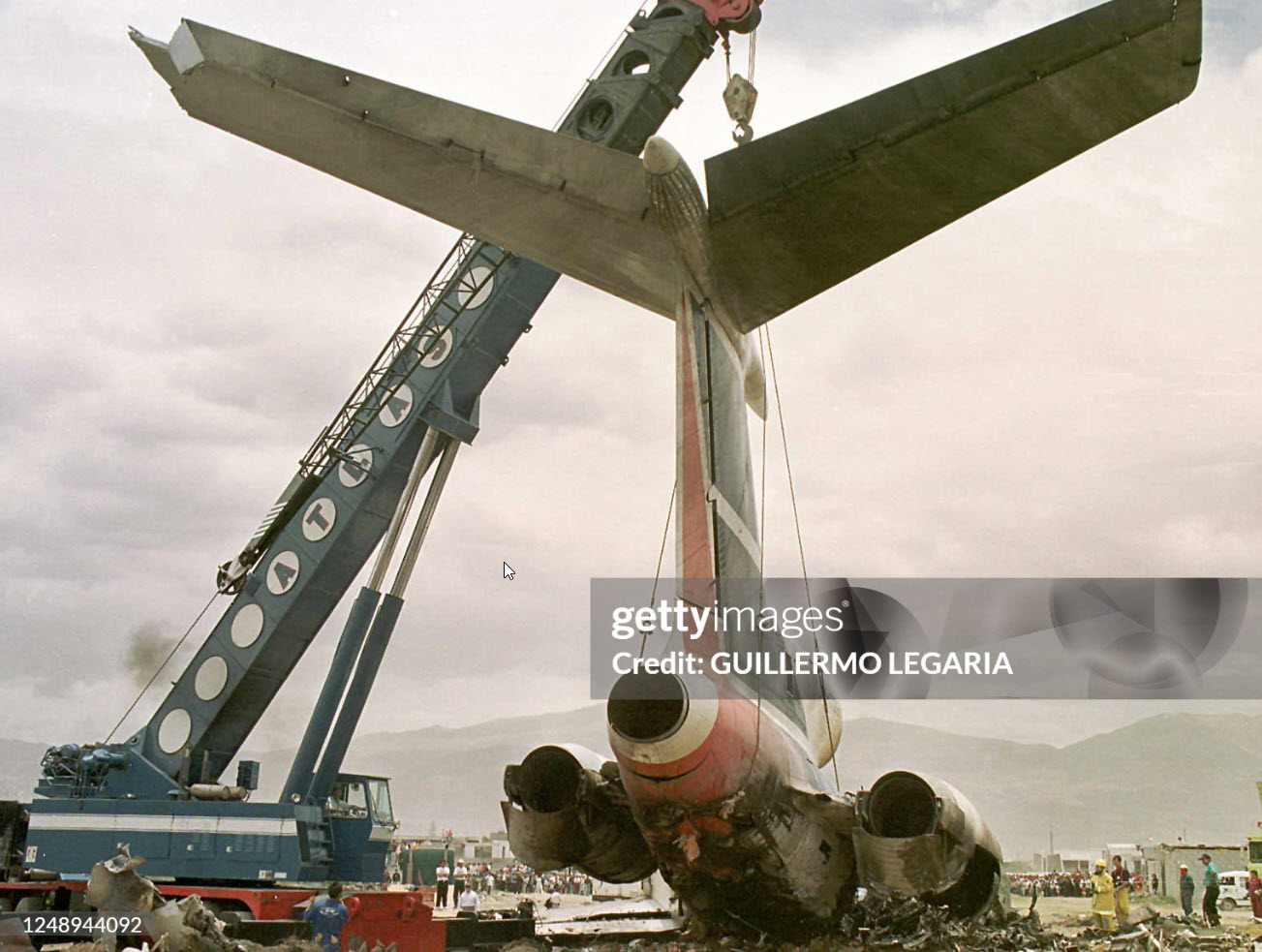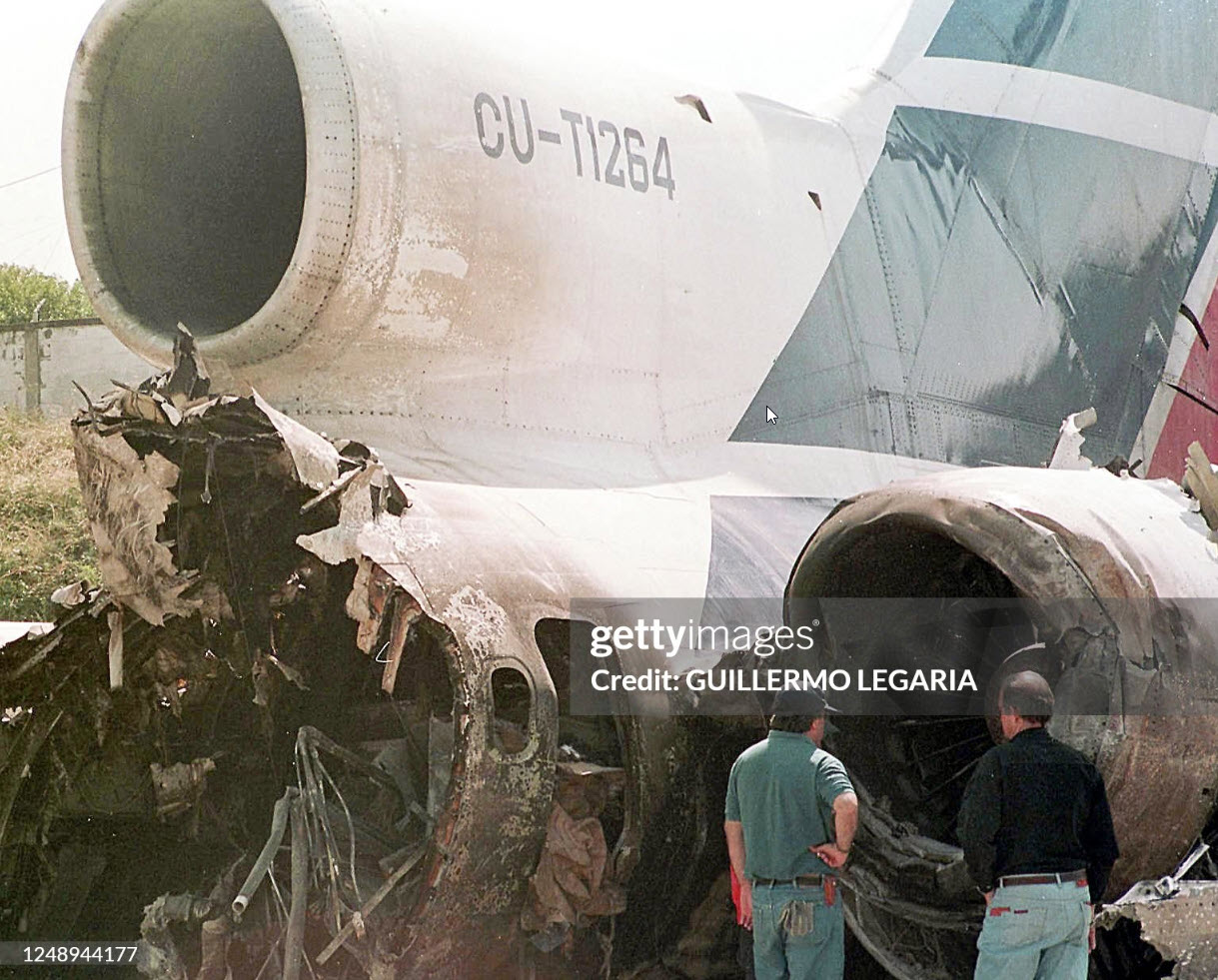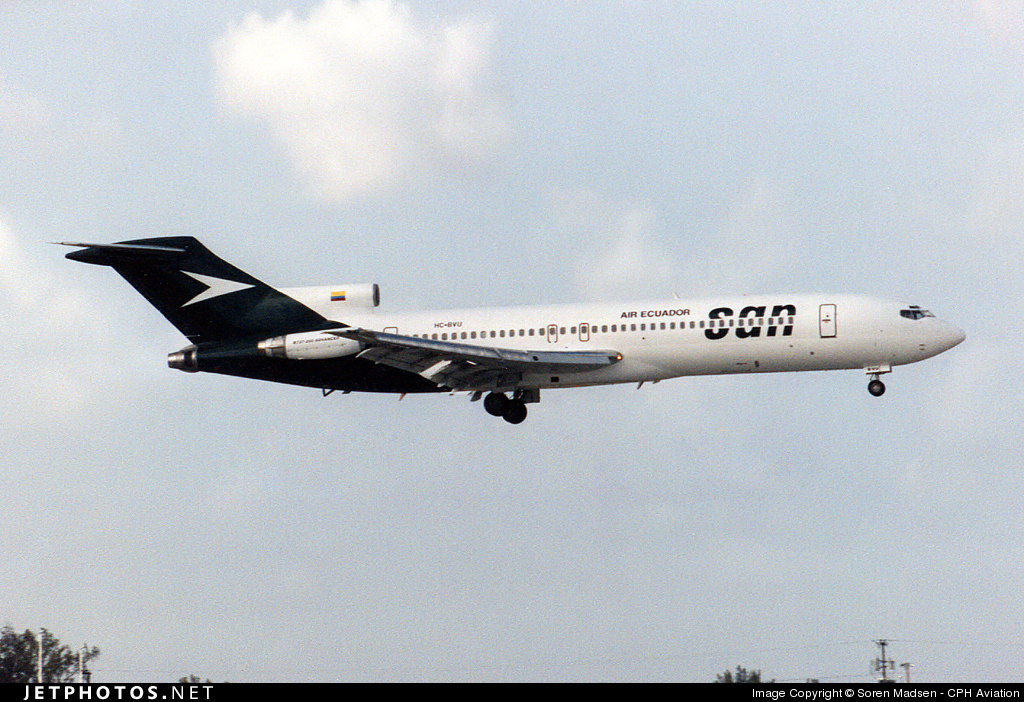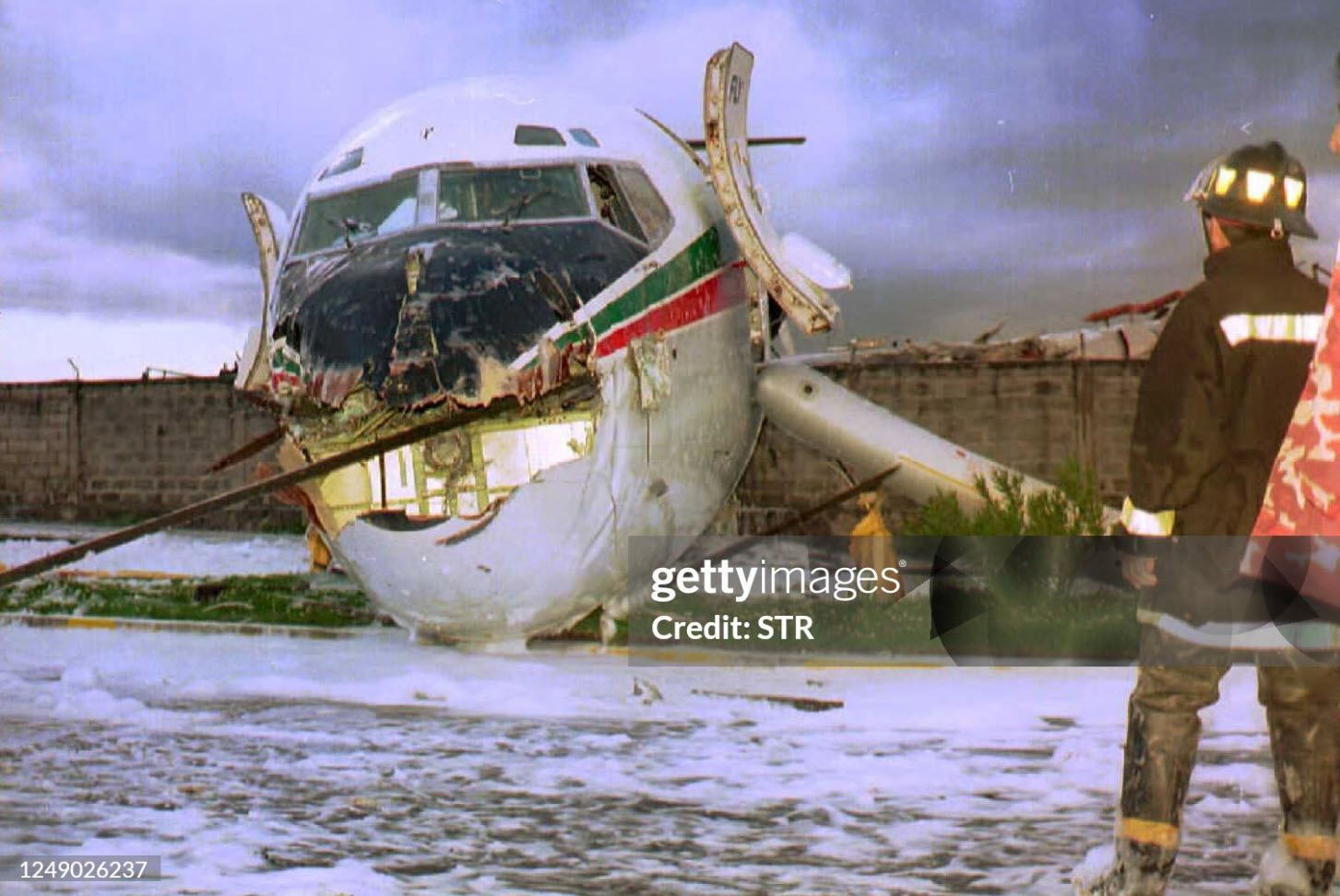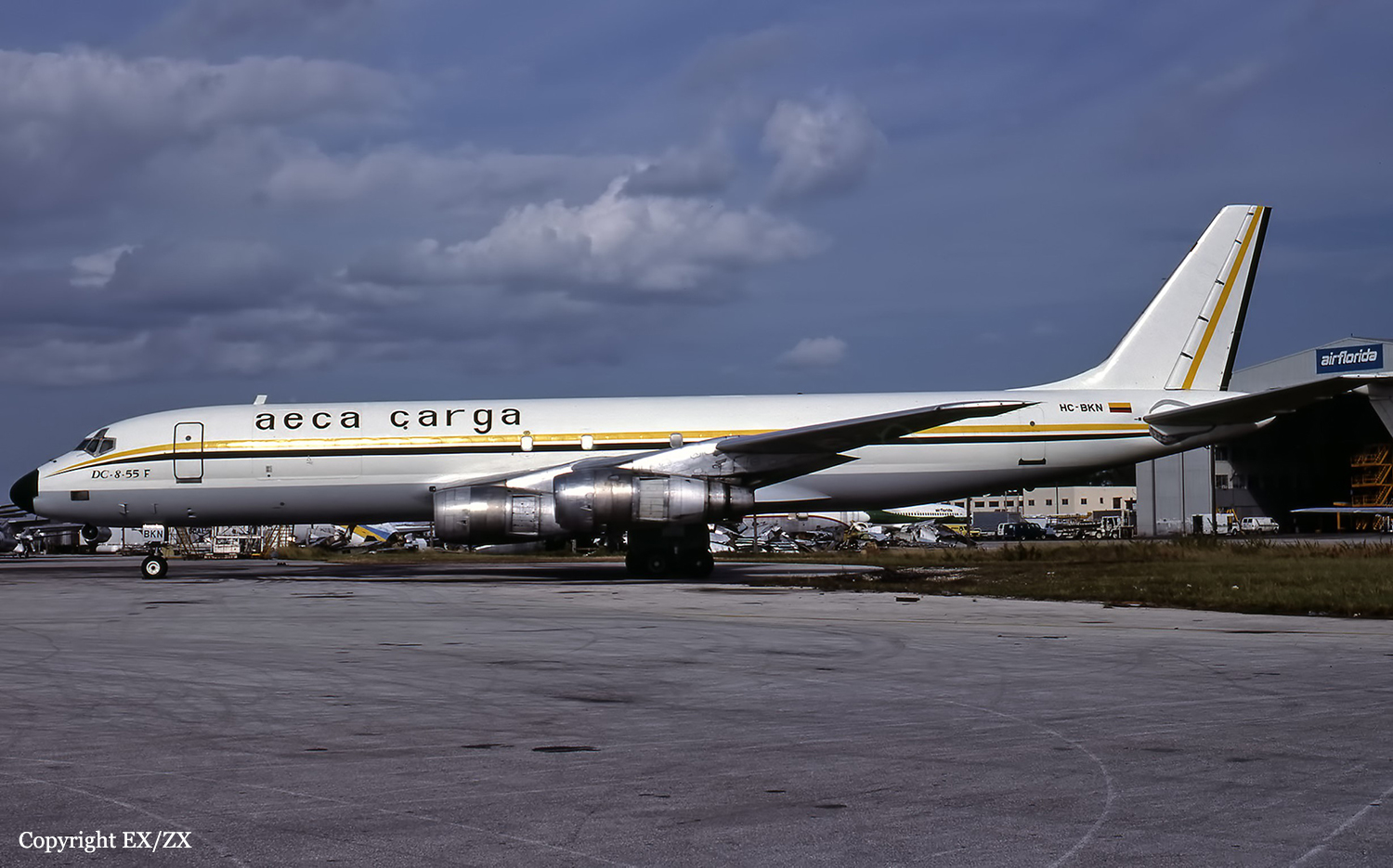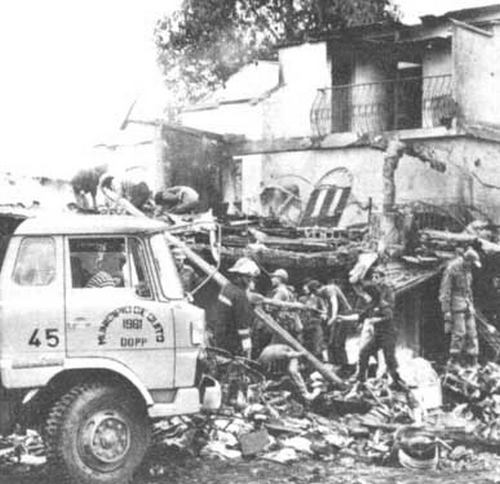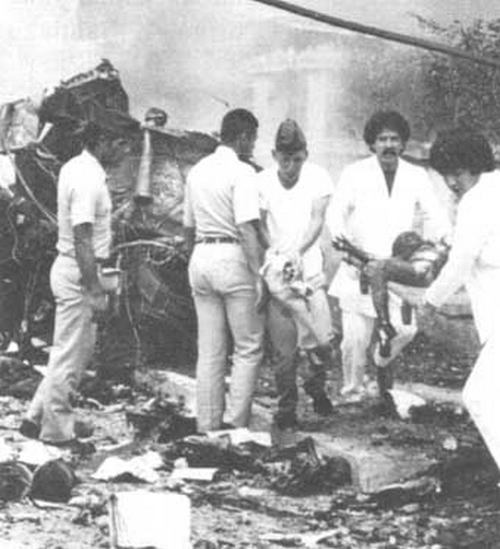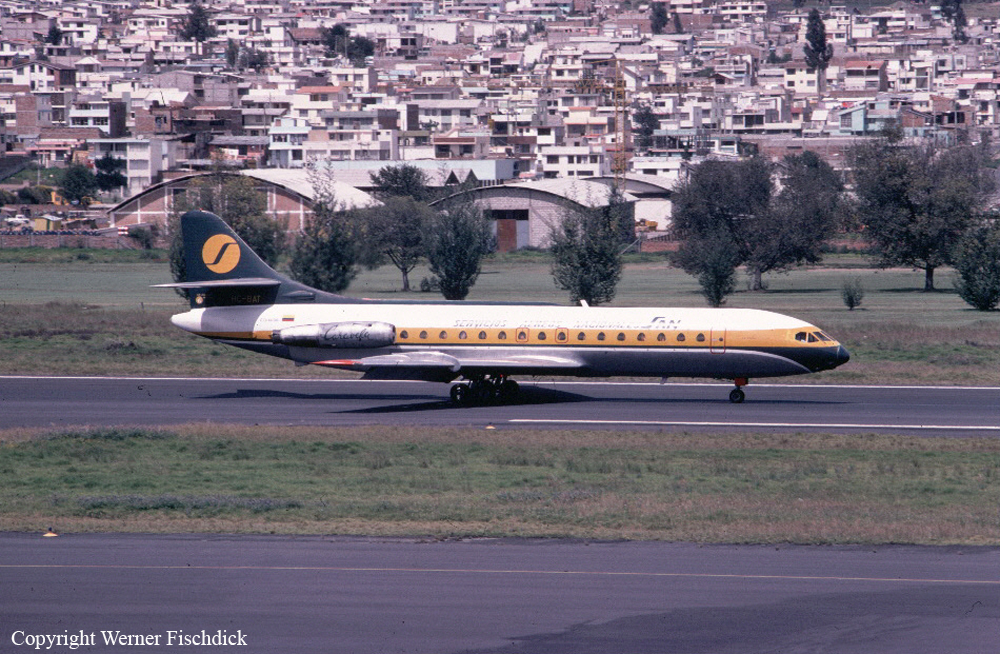Crash of a Piper PA-31-350 Navajo Chieftain in Salitre: 6 killed
Date & Time:
Apr 7, 2021 at 1200 LT
Registration:
HC-CVC
Survivors:
No
Schedule:
Nueva Loja – Guayaquil
Crew on board:
2
Crew fatalities:
Pax on board:
4
Pax fatalities:
Other fatalities:
Total fatalities:
6
Circumstances:
The twin engine airplane (a PA-31 Panther II variant) departed Nueva Loja-Lago Agrio Airport at 1023LT on an ambulance flight to Guayaquil, carrying one patient, one nurse, two doctors and two pilots. The descent to Guayaquil-José Joaquín de Olmedo Airport was started when the aircraft crashed in unknown circumstances in the Río Salitre, near Salitre, about 35 km north of Guayaquil Airport. The aircraft was destroyed and all six occupants were killed.


